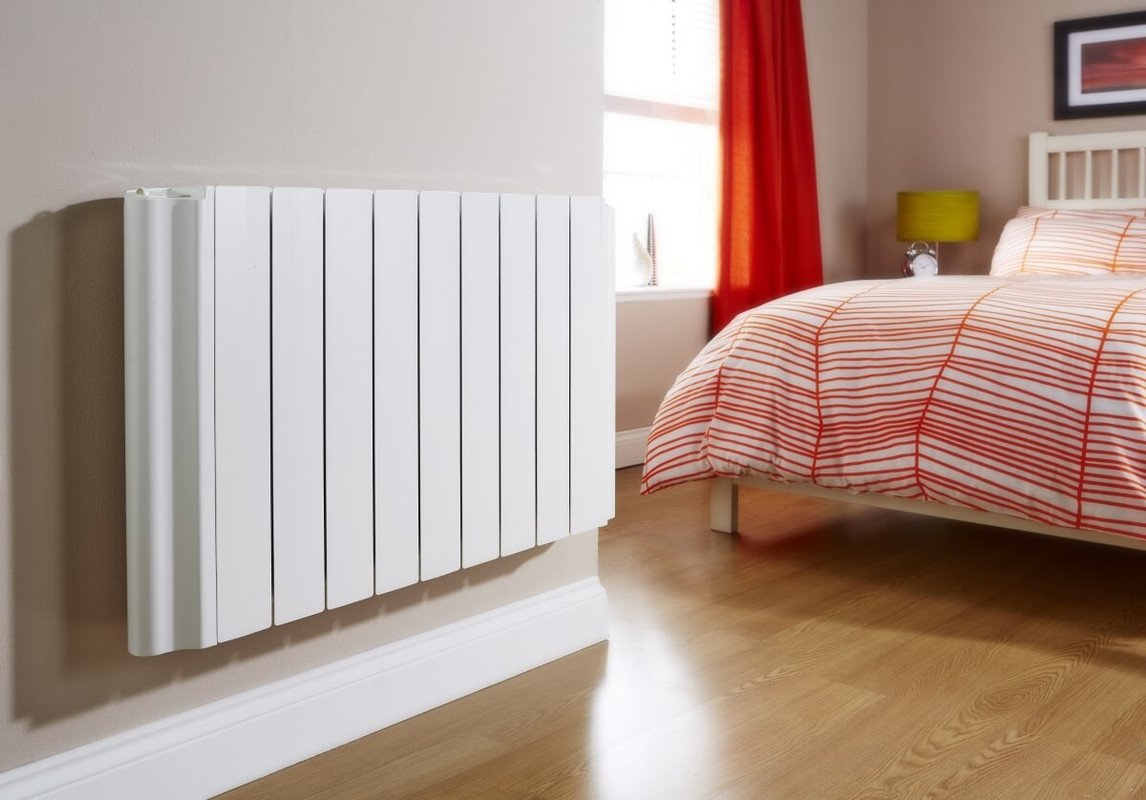Air Conditioning 101 - How Central Air Systems WorkPosted by Stlouis on April 18th, 2021
Can you picture life without air conditioning? Sweltering heat waves that can melt the rubber on your shoes, prepare an egg on the dashboard of your automobile, and make it nearly difficult to have a good night's rest-- sounds miserable! Let's face it, life without A/C wouldn't be the exact same. Did you know, that before the 20th century, ice was in fact harvested for refrigeration? It was cut into 1-ton blocks, delivered throughout the country and utilized in 'ice-boxes' to keep food fresh. The good news is today, refrigeration has actually been drastically air conditioning edmonton enhanced since its introduction in 1834. By understanding how your home's A/C system works, you'll have the ability to make it run better and longer, and if it should break during the pet days of summertime, more confident finding a replacement. What is Central Air Conditioning? Given that the 1960s, main air conditioning systems have been the most typical style of cooling in America. Best defined by the condenser unit outdoors and ducts bring cool air throughout the house, a central air is often referred to as a "split-system" because the indoor and outside elements are separated. How It Works Comparable to how a sponge soaks up water, main air conditioners take in the heat from inside the home and eject it outside through a procedure called "the refrigeration cycle." It's easy to understand how an air conditioner works as soon as you see how the parts operate together. Parts of an Air Conditioning System Divide into two parts; a system will include an outdoor condenser system (below) and a coil housed on top of the heating system or inside air handler. The outdoor condenser, which does the majority of the work, operates in tandem with the air handler/furnace that distributes the conditioned air into rooms of your house. The Refrigeration Cycle The cooling process starts when the thermostat detects the interior temperature level has actually increased above the setpoint. It signals the control board in the air handler and enters into action. 1) The internal blower draws in the hot, moist indoor air from the return ducts into the air handler/furnace cabinet to be conditioned. 2) Unclean air entering the cabinet first passes through an air filter that traps dirt and particles. 3) The clean air then travels through the evaporator coil. Using metal fins to increase its surface location, the evaporator coil extracts heat and moisture from the warm air as the air goes through it. The clean, cool air is distributed throughout the home. 4) A set of copper tubes consisting of refrigerant, called a Line Set, link the indoor coil with the outdoor condenser. 5) The condenser dissipates the heat trapped inside the line coming from the evaporator coil by cycling it through its coils where a fan at the top presses air to accelerate the process. The refrigerant is then compressed and travels back to the indoor evaporator coil, where the cooling procedure continues. A/C Cheat Sheet It's a great idea to familiarize yourself with the technical language utilized by HVAC professionals to understand your system when it comes to making repair work or buying a brand-new system. HEATING AND COOLING - Means heating, ventilation, and cooling. This acronym is utilized to classify all equipment used to manage air temperature, humidity, and air quality. Split-System - In referral to parts of the system operating both indoors and outdoors. In a split system, the condensing unit is discovered outside. BTU - British Thermal Systems - a measurement of how much heat energy can be eliminated from the air in an hour. Heap - A measurement that describes the cooling capability your system can provide under normal conditions. 1 Load is equal to approximately 12,000 BTU's. Lots are typically used when sizing an unit for your home, which can be identified based on the square footage needed to be cooled or heated. Unmatched Proficiency Easily, the furnace, a/c, and electrical systems all work immediately, without us needing to fumble around in the basement or even worse, a hot attic. Till something goes wrong. Understanding your air conditioning system might appear frustrating initially, once you have the essentials down, you'll be able to understand not only how your system works, but also analyze lingo to make buying a replacement simple. Like it? Share it! |



